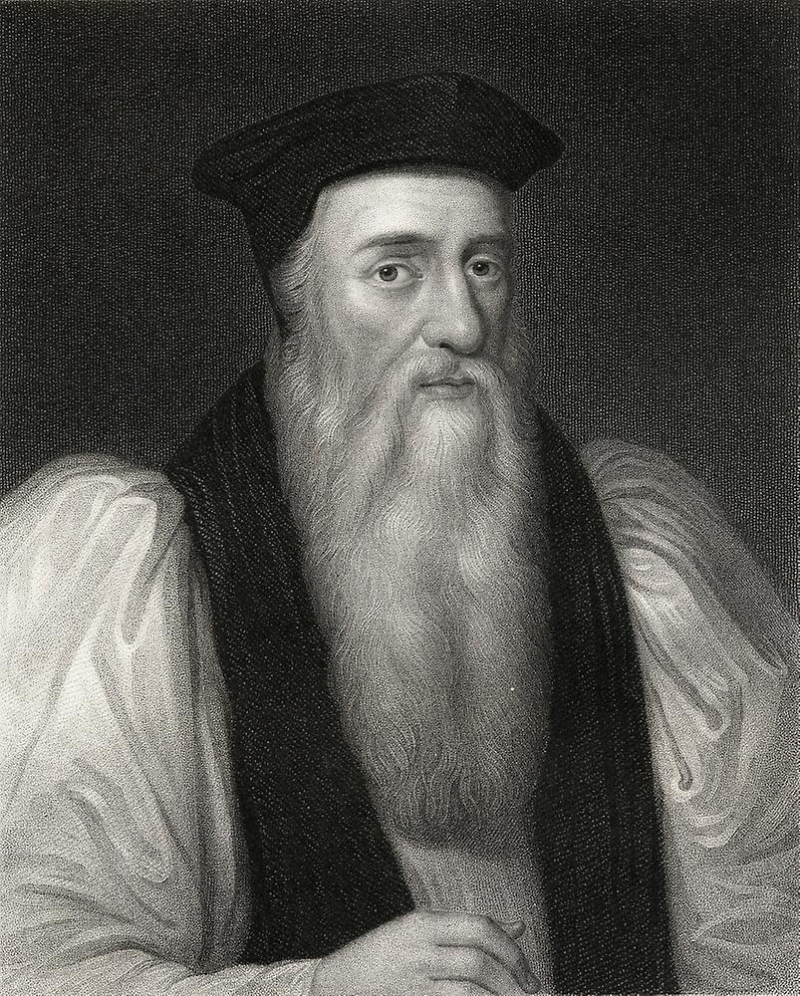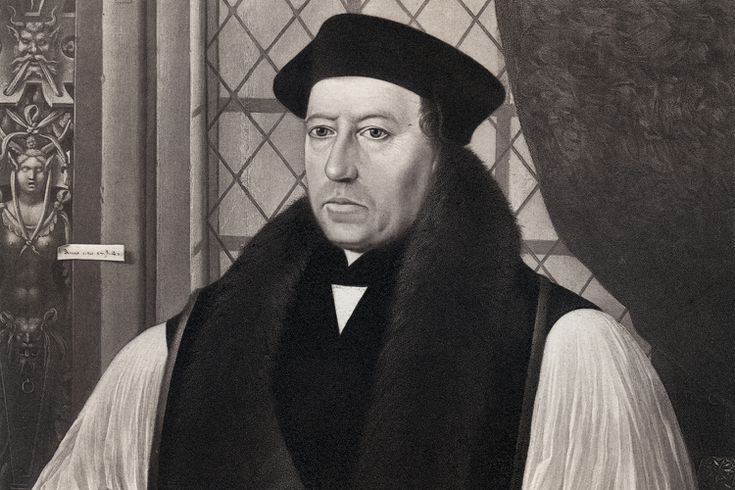Thomas Cranmer, archbishop of Canterbury
During the reigns of Henry VIII, Edward VI, and, for a brief period, Mary I, Thomas Cranmer served as the Archbishop of Canterbury and was a key figure in the English Reformation. He contributed to the development of the argument for Henry's marriage to Catherine of Aragon's annulment, which was one of the factors in the English Church's break from the Holy See. He agreed with Thomas Cromwell that the monarch should be regarded as the Church's supreme authority inside his realm, which is known as the royal supremacy concept.
Cranmer met Stephen Gardiner and the king during an accidental trip he took to Essex (to avoid coming into touch with the "sweating disease"). Cranmer, who was at this time a well-known theologian interested in the concerns brought up by Martin Luther, was hired by Henry, who wanted all hands on deck to get rid of Catherine, to use Scripture, the teachings of the Church Fathers, and whatever else he could gather to support Henry's stance. He was dispatched to Germany in 1532 as Henry's ambassador with instructions to speak with the Lutheran princes. His way of thinking was altered by the endeavor. Gardiner's lack of favor led to the appointment of Cranmer as Canterbury's archbishop in the same year.
He judged the king's marriage to Anne Boleyn legal and his previous marriage to be null and void the next year. Regarding the successive queens, Cranmer essentially carried out the king's wishes. Henry was set free by Cranmer in 1536 from Anne Boleyn, 1540 from Anne of Cleves, and 1542 from Catherine Howard. Cranmer's adversaries tried to remove him from Henry's good graces as the archbishop went increasingly more toward a Protestantism, but they were unsuccessful. Henry enjoyed his advice and died guarding him.














